
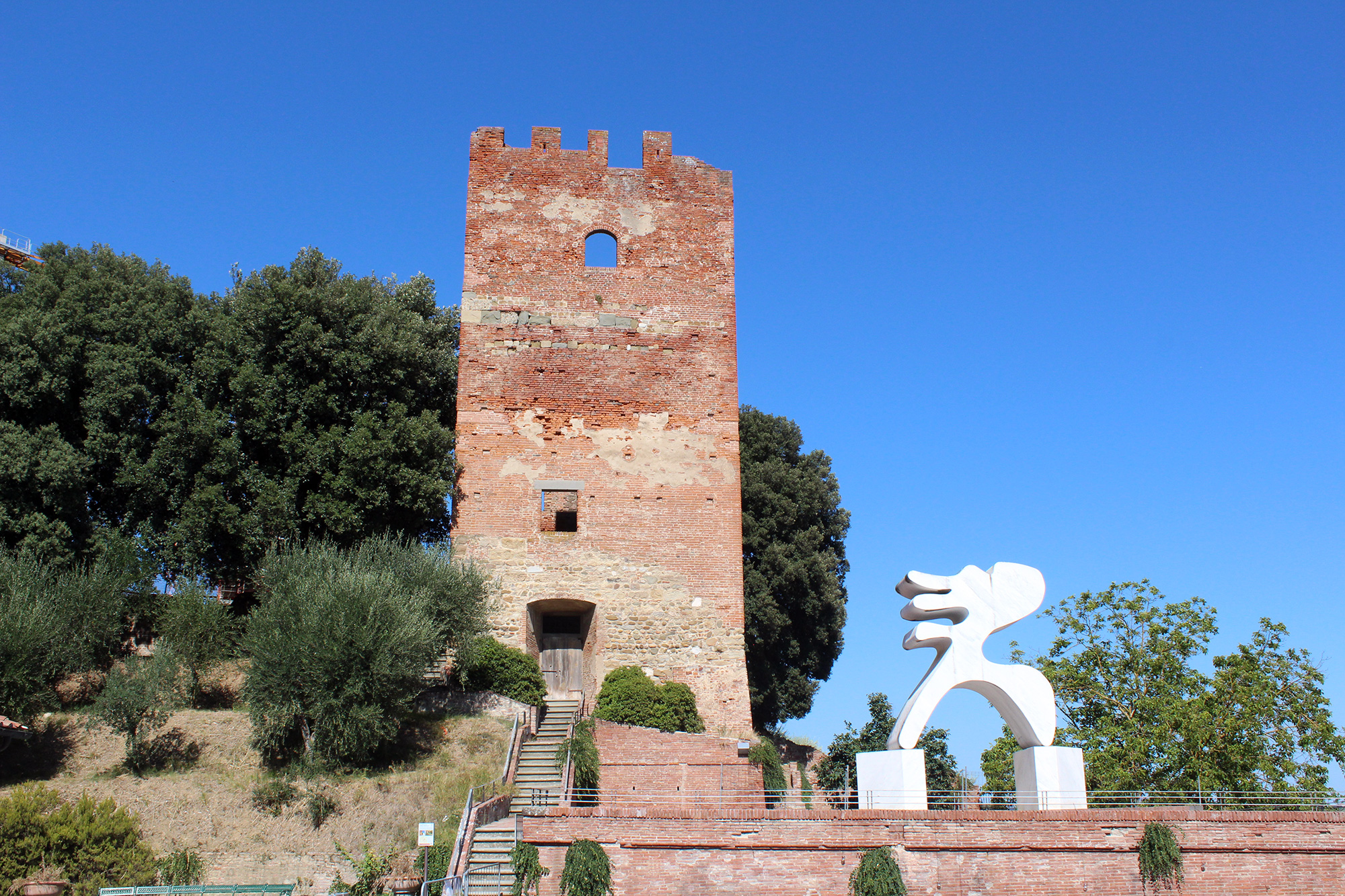


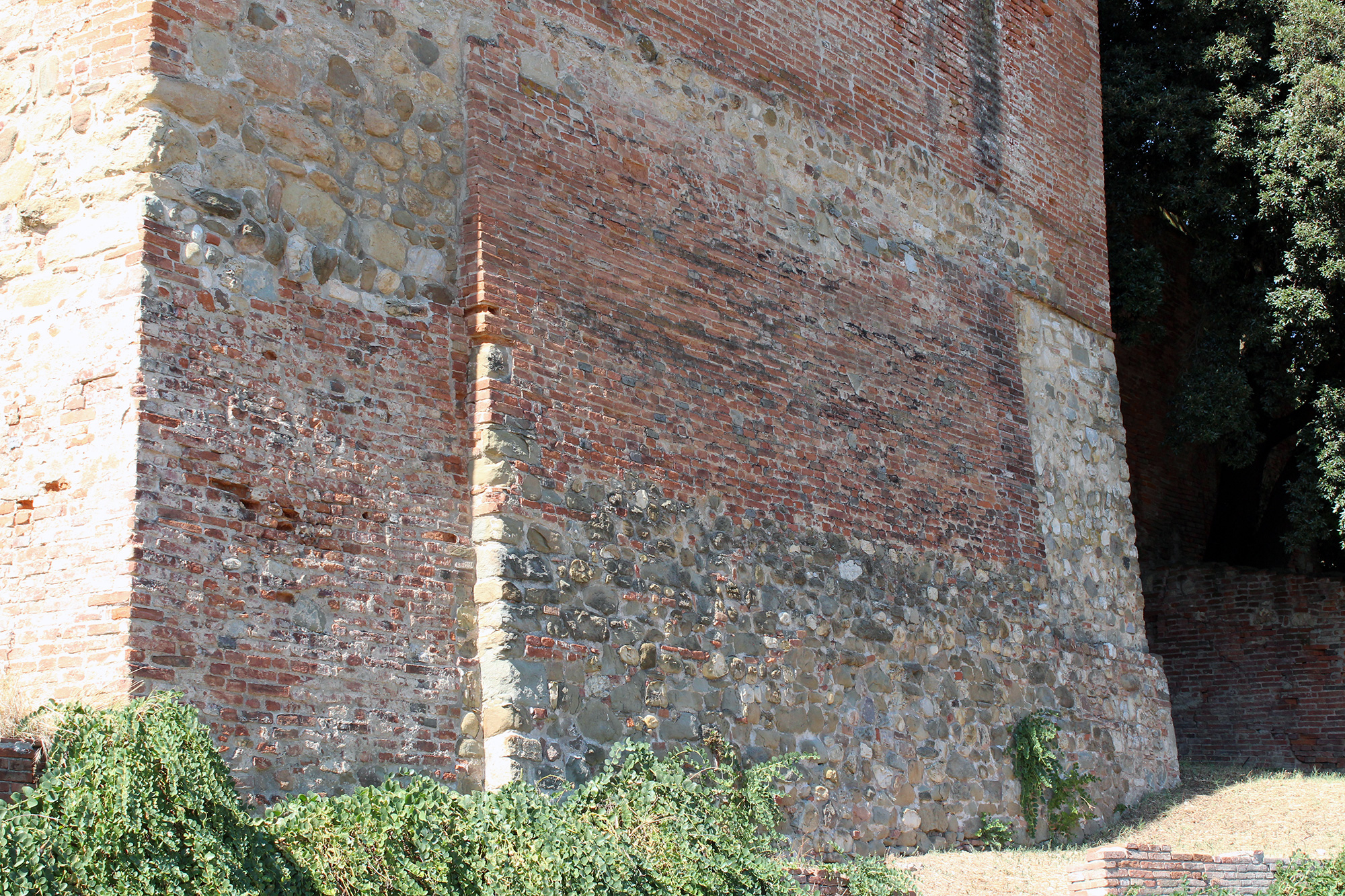
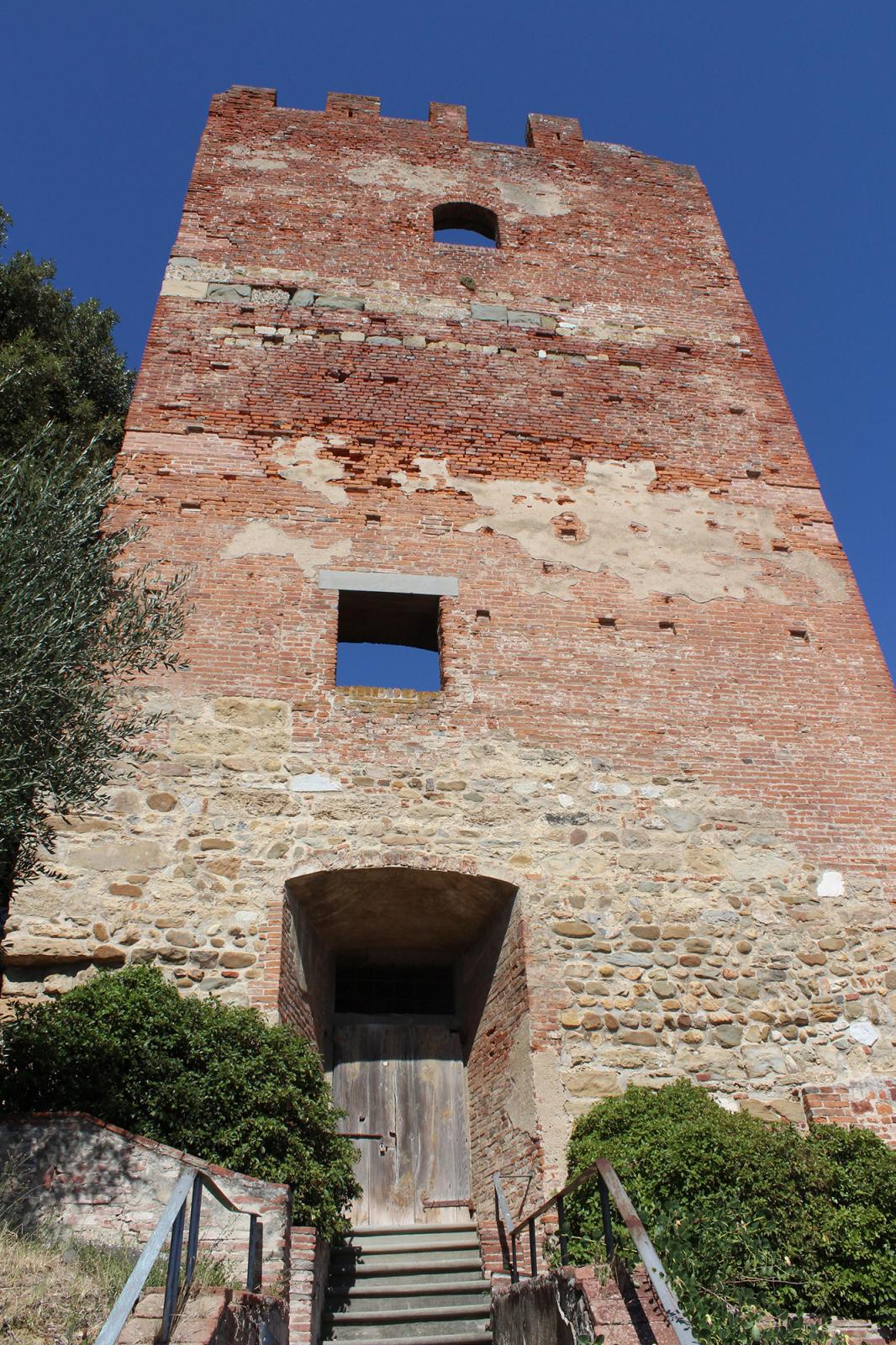
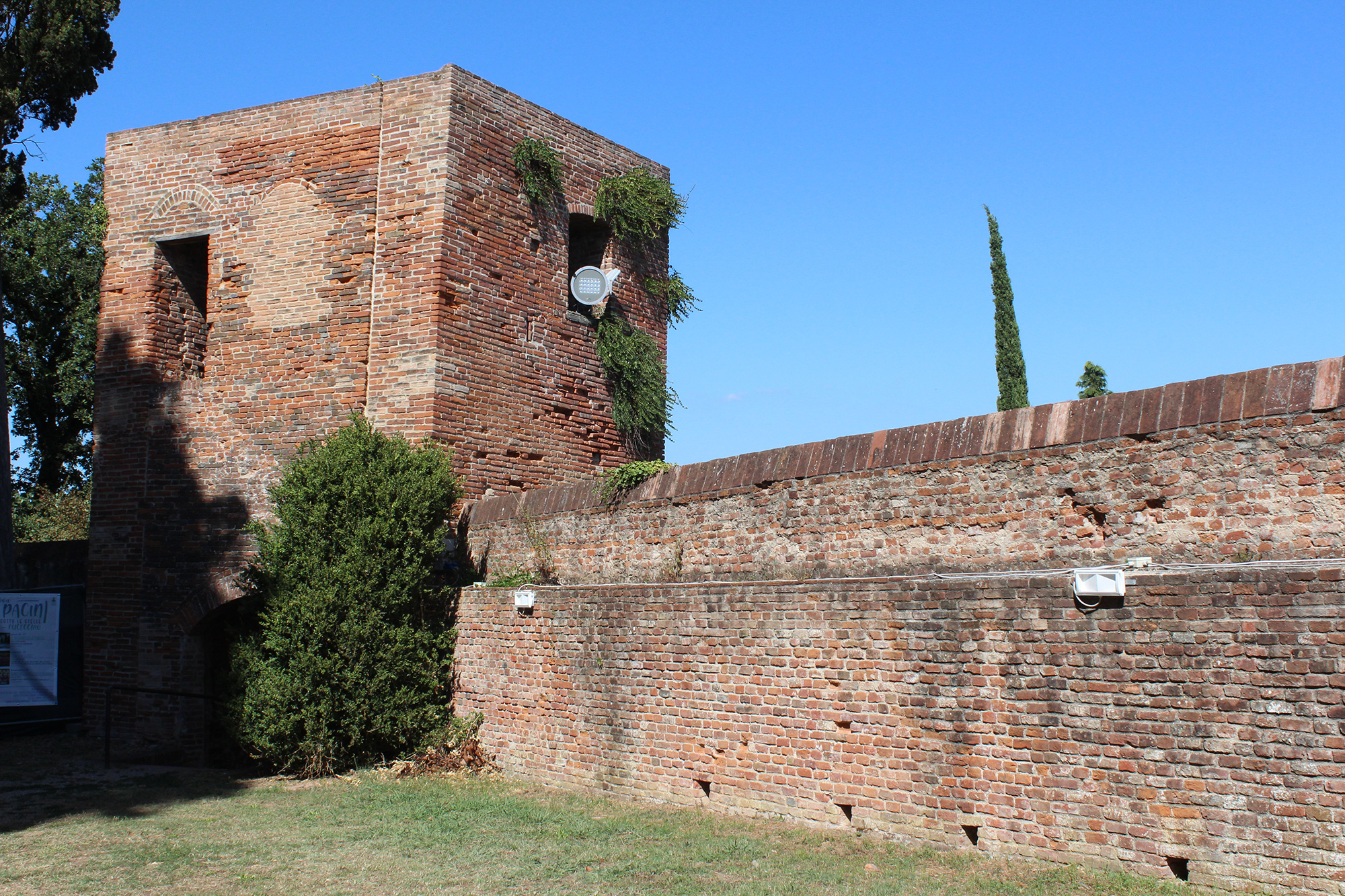
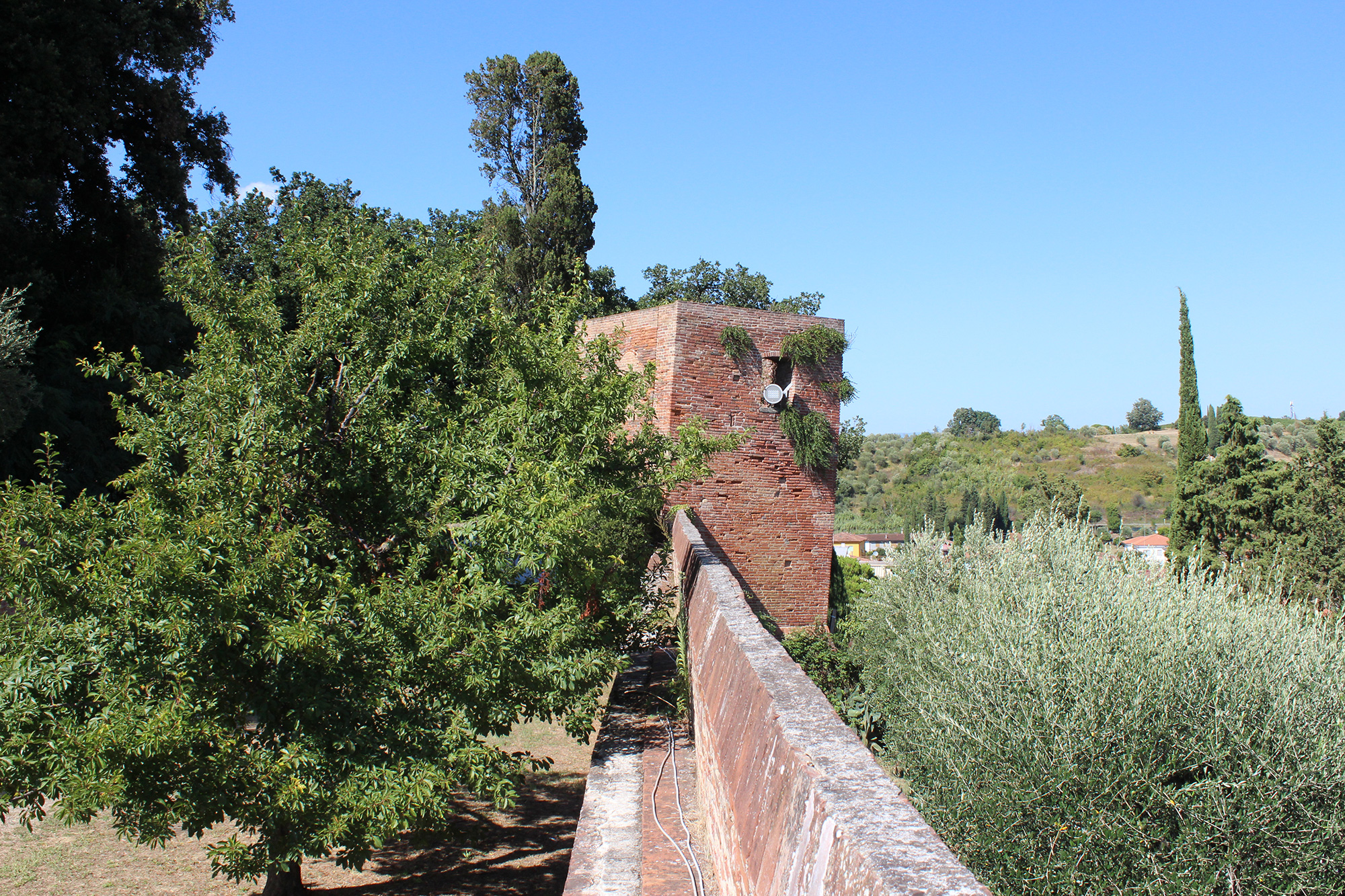
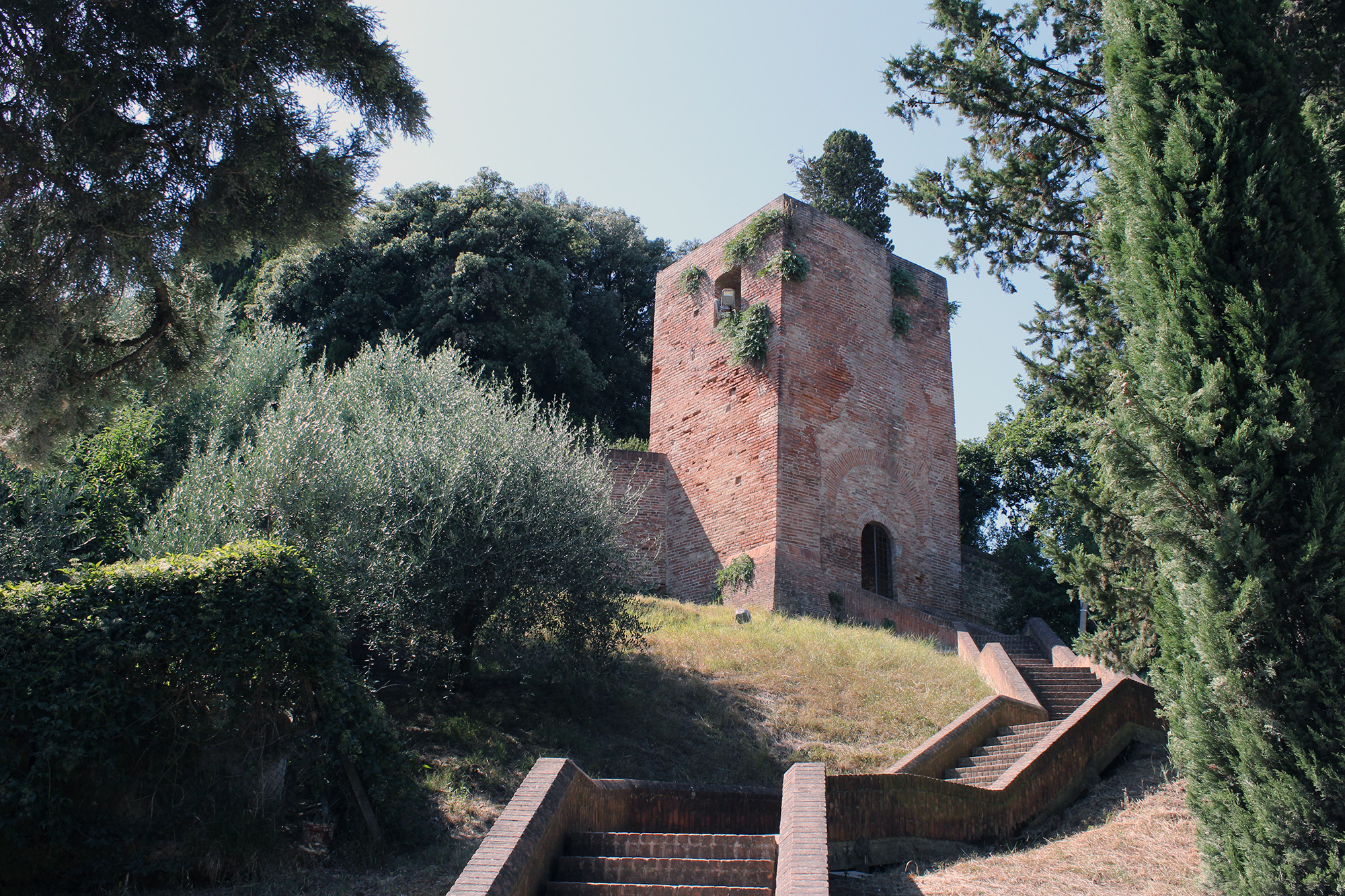









How to reach
The town of Fucecchio is reachable following the motorway FI-PI-LI, it is located 7 kilometres away from the 'Empoli Ovest' exit.
History
The origin of this settlement is obscure. Leaving out the legends that want the village founded by a community of Greek exiles that upstreamed the river Arno, the area was sure inhabited since the Etruscan and Roman periods, but of this period there are not important historical testimonies, only some small archaeological discoveries near Ponte a Cappiano. The first sources that mention Fucecchio date back to the 10th century, and it is thanks to these, in which is written about a 'New Village of Fucecchio' that we have a confirmation of its ancient history. The name that the main public square still bears today is one of the ancient castles, Salamarzana, and derives from the ancient cult of the God Mars ['Sala Marzana' means ' Mars Court'].
The Rocca Fiorentina, that today rises on the rests of the ancient Salamarzana Castle, dominates the historical center of the town on a hill from where, in feudal times, the Cadolingi [family of Longbeards origin, builders of the most ancient fortifications and lords of the country until 1113], controlled the underlying ford and bridge [at that time in timber, the 'Bonfiglio' Bridge] where the Francigena Road crosses the Arno. The entire complex is today enclosed in the area of the 'Parco Corsini'.
The fortified area is dominated by the towers of the Rocca Fiorentina erected in 1322, during the war against Castruccio Castracani, lord of Lucca, with the aim of guaranteeing the fidelity of the Guelph part of the Valdarno, allied with Florence.
The imposing construction is composed of two great towers, the 'Torre Grossa' and the 'Torre di Mezzo', and another smaller (called Pagliaiola), encircled by a double curtain wall equipped with some flanking towers and other fortifications (like a Barbican) nearby the main Gates. Today, the complex is in ruin from the bombardments endured during the Second World War.
The 'Torre Grossa' rises on the site of the previous city-state age keep (still today the base in stone differs from the bricks of the rest of the construction) dated back to the 12th–13th century and built up on the ruins of the most ancient tower of the castle of Salamarzana (11th century).
Controlled by a garrison at the orders of the dominant city, it also had the purpose of repressing the anti-florentine ferments frequently manifested in the course of the 1300's. The towers were also used to communicate with the nearby castles using fire and smoke signals.
Destined for military uses until the 14th century, the Rocca lost its original strategic importance at the beginning of the 15th century when Florence, conquered Pisa and consolidated the western borders, attesting to its stronghold against Lucca between Montecarlo and Altopascio. The Rocca, also remaining a property of Florence, was entrusted to the Municipality of Fucecchio, becoming a dependency of the adjacent 'palagio', built up on the most ancient castle walls. This palace preserves inside traces of the previous medieval constructions.
Since 1460, the palace has been the administrative center of a great farm of Medicean property. The fortified area, which lost every strategic interest, was used as a warehouse for agricultural commodities. In 1643, the farm was acquired by Marquises Corsini, who, in 1864, also became owners of the Rocca. In 1981, the municipality repurchased the entire complex, restored it, and destined it for public use (museum of the city, park, library, historical archives, social services). Freely visible.
In December 2021, the panoramic viewpoint on the top of the Torre di Mezzo was inaugurated, created by the insertion of an iron staircase and several balconies inside the structure that allow the view from above of the Arno valley looking towards the Fortress of Frederick II in San Miniato.